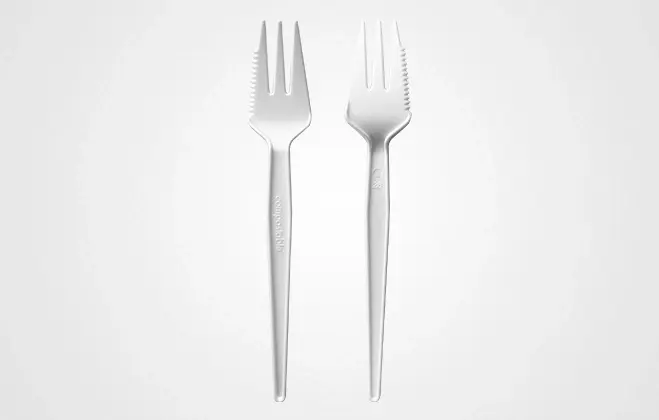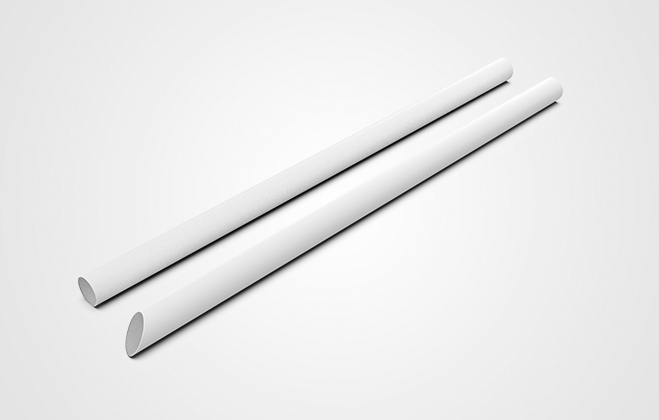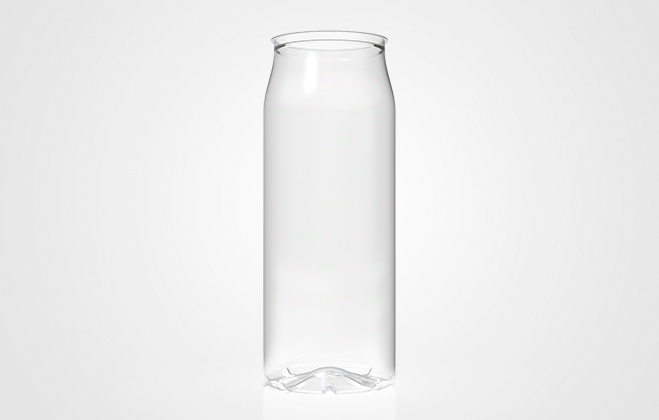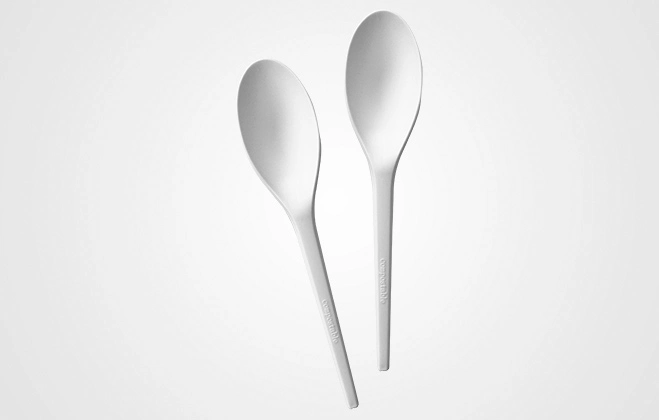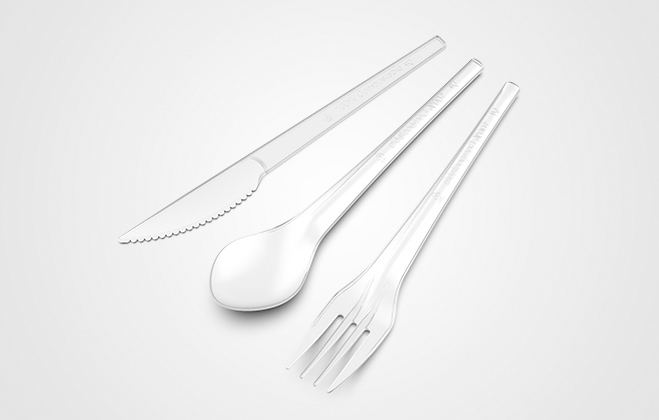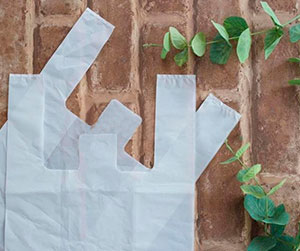Under the continuous drive of plastic restriction policies, pulp molded products and degradable plastics such as Polylactic Acid (PLA) are experiencing robust development. The primary advantages and disadvantages of pulp molded products and degradable plastics like PLA are compared as follows:
(1) Degradability:
Pulp molded products, also known as "plant fiber molded products," use various natural plant fibers such as bagasse pulp, bamboo pulp, and wood pulp as raw materials. After molding through the die under pressure, these plant fibers can be shaped into various products for different purposes. The production process involves only physical changes without chemical alterations. These products, after use, naturally degrade in the environment without the need for special recycling processes, breaking down into components like water and carbon dioxide.
PLA (Polylactic Acid) is a biobased chemical polymer, primarily derived from lactic acid, which, in turn, is mainly sourced from starch. PBAT (Polybutylene adipate terephthalate) is a petroleum-based degradable material synthesized chemically from fatty acids and butanediol. Both PLA and PBAT can undergo biodegradation under specific conditions, ultimately decomposing into water and carbon dioxide.
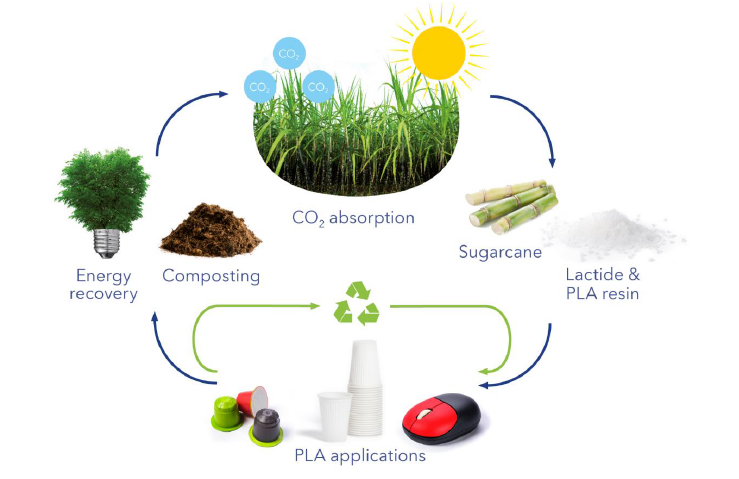
The degradability comparison between pulp molded products and PLA/PBAT is as follows:
Note 1: Natural degradation refers to the product breaking down into non-toxic and harmless components naturally present in the environment over several months.
Note 2: Industrial composting involves controlled conditions where microorganisms aerobically decompose solid and semi-solid organic materials, producing stable humus. The typical cycle is 180 days.
Note 3: Home composting utilizes household kitchen waste or garden refuse, undergoing aerobic composting for personal use. The duration for home composting is longer than industrial composting but generally does not exceed one year.
Note 4: References are based on research reports from Huaxin Securities, Orient Securities, and Dongxing Securities.
Pulp molded products, deriving from natural plant fibers, can naturally degrade when buried in soil. In comparison, PLA requires more stringent degradation conditions, including higher temperatures, humidity, and a considerable amount of microorganisms. Even when deeply buried in soil, signs of degradation in PLA may take six months, and industrial composting is necessary for proper disposal.
PBAT has slightly less demanding degradation conditions than PLA but still requires composting conditions to ensure proper degradation speed. However, industrial composting demands a corresponding waste recycling system, involving high requirements such as separate sorting and recycling of degradable plastic products and significant investments in industrial composting facilities. Both PLA and PBAT face challenges in degrading naturally in the environment.
In summary, pulp molded products require simpler degradation conditions, have lower degradation costs, and exhibit far superior natural degradability compared to degradable plastics like PLA.
(2) Product Performance and Application Areas:
In terms of product performance, pulp molded products are at a relative disadvantage in barrier properties and transparency compared to PLA/PBAT degradable plastic products. However, regarding the applicable temperature range and molding performance, pulp molded products are competitive with PLA/PBAT degradable plastic products. Specifically, PLA materials have poor heat resistance and may undergo decomposition deformation at temperatures exceeding 50°C or in the presence of oxygen and microorganisms. As a result, PLA-related products require insulated transportation and higher storage requirements. In the field of tableware, PLA application is relatively limited, as these products are not suitable for microwave heating.
In summary, pulp molded products differ from other degradable materials like PLA (Polylactic Acid) in terms of the applicable temperature range, barrier properties, and transparency. Each has its advantages and disadvantages in various application areas. Pulp molded products are mainly used in cushion packaging and tableware, while PLA (Polylactic Acid) and other degradable materials are primarily used in specific areas such as film packaging and certain tableware items (e.g., straws, cups, knives, forks, spoons).
(3) Raw Material Costs and Product Prices:
During the reporting period, the market prices for domestic pulp molded products' main raw materials, bagasse pulp, and PLA/PBAT showed significant differences. The unit cost of bagasse pulp is much lower than that of PLA and PBAT.
Because the raw material costs for pulp molded products are much lower than for PLA/PBAT, the weight-based selling price of pulp molded products is usually lower than that of PLA/PBAT degradable plastic products. Pulp molded products are more competitively priced.
来源: 思瀚产业研究院
 English
English 日本語
日本語 한국어
한국어 français
français Deutsch
Deutsch Español
Español русский
русский português
português العربية
العربية ไทย
ไทย Malay
Malay